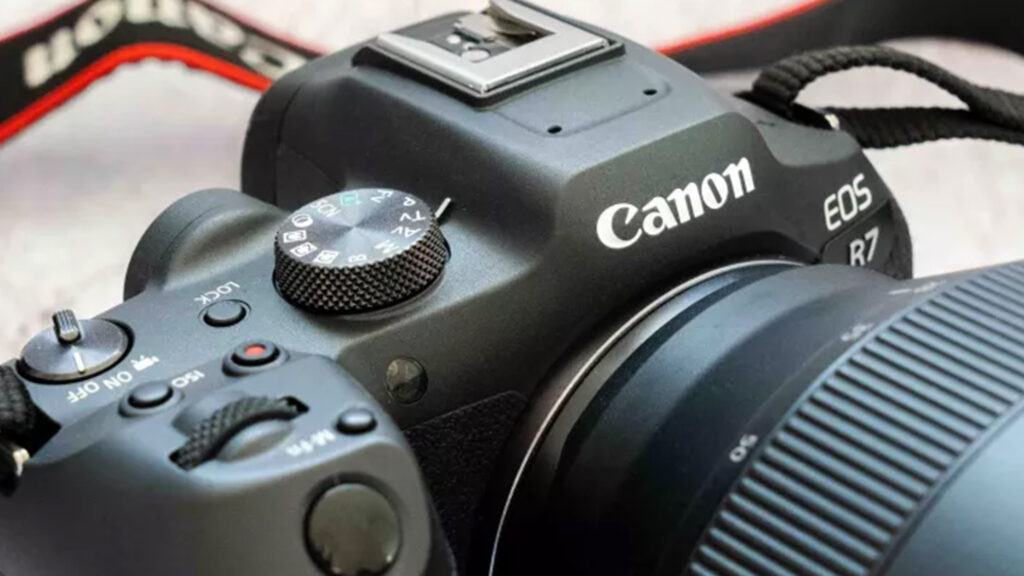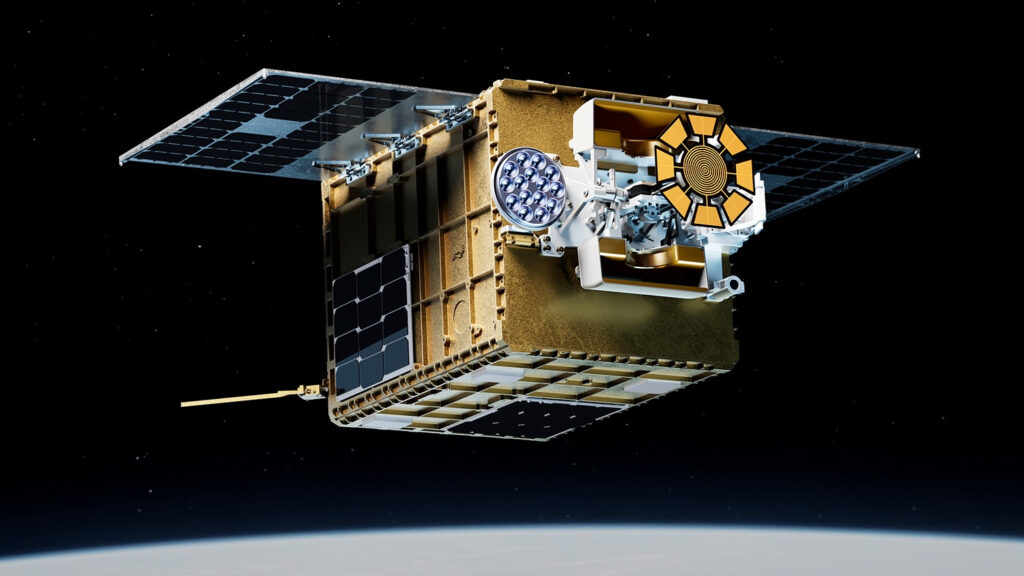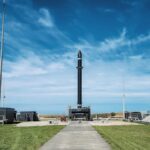Now Reading: NASA astronaut shows how to ‘weigh’ yourself in space | On the ISS this week Nov. 17-21, 2025
-
01
NASA astronaut shows how to ‘weigh’ yourself in space | On the ISS this week Nov. 17-21, 2025
NASA astronaut shows how to ‘weigh’ yourself in space | On the ISS this week Nov. 17-21, 2025
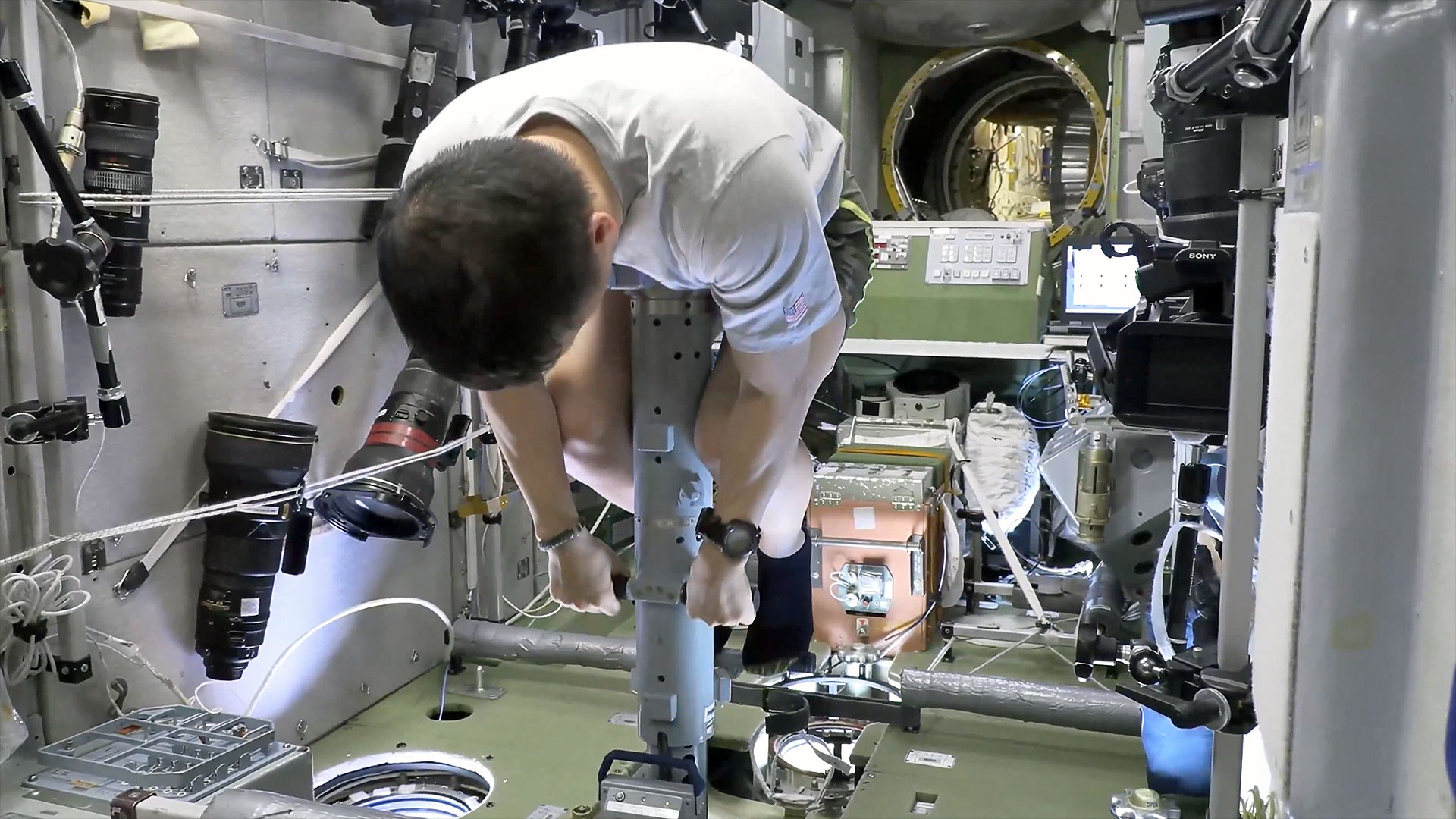
From measuring one’s mass to boosting the almost 1 million pounds (454,000 kilograms) that comprise the entire orbiting complex, the Expedition 73 crew aboard the International Space Station had a busy week in Earth orbit.
Orbital observation
“In space, we’re weightless, but not massless. So how do we measure our mass?” NASA astronaut Johnny Kim, a flight engineer on the space station’s Expedition 73 crew, wrote in a social media post on Thursday (Nov. 20).
In short, it takes specialized equipment like Russia’s Body Mass Measurement Device. They all, however, rely on Newton’s Second Law: F = ma.
“Apply a known force, measure the resulting acceleration, and you can calculate mass from the relationship between the two,” Kim wrote.

Science status
Among the research that was conducted by the Expedition 73 crew aboard the space station this week was:
DROPLET — Flight engineer Mike Fincke of NASA continued an experiment observing how particles attach to liquid droplets and rearrange in the weightlessness of space by installing samples inside a fluorescence microscope to be observed by scientists on Earth.
Ultrasound 3 — Zena Cardman, Fincke’s fellow NASA flight engineer, checked out the operations of the new scanning device, which can be used for crew heart and vein scans, as well as internal imaging of bones, organs and tissues.
Station keeping
The Expedition 73 crew also devoted time to maintaining the space station’s systems, including:
Progress MS-32 (93P) — On Wednesday (Nov. 19), the Russian cargo capsule fired its engine for 14 minutes and 7 seconds while still docked to the aft port of the Zvezda service module, raising the altitude of the space station by 1 mile at apogee and 2.3 miles at perigee (1.6 and 3.7 kilometers), leaving the complex in a higher orbit for the upcoming arrival of a new crew on a Soyuz spacecraft.
Crew Alternate Sleep Accommodation — Flight engineer Jonny Kim set up a temporary sleep station for one of the three arriving Soyuz MS-28 crew members in the Columbus laboratory module. The Soyuz crew will briefly increase the station’s residency to 10 members.
Spacesuit stowage — Flight engineer Zena Cardman photo-documented and prepared for packing components from the station’s extravehicular mobility units (EMUs, or spacesuits) that are slated to return to Earth on Russia’s Soyuz MS-27 spacecraft.
Astronaut activity
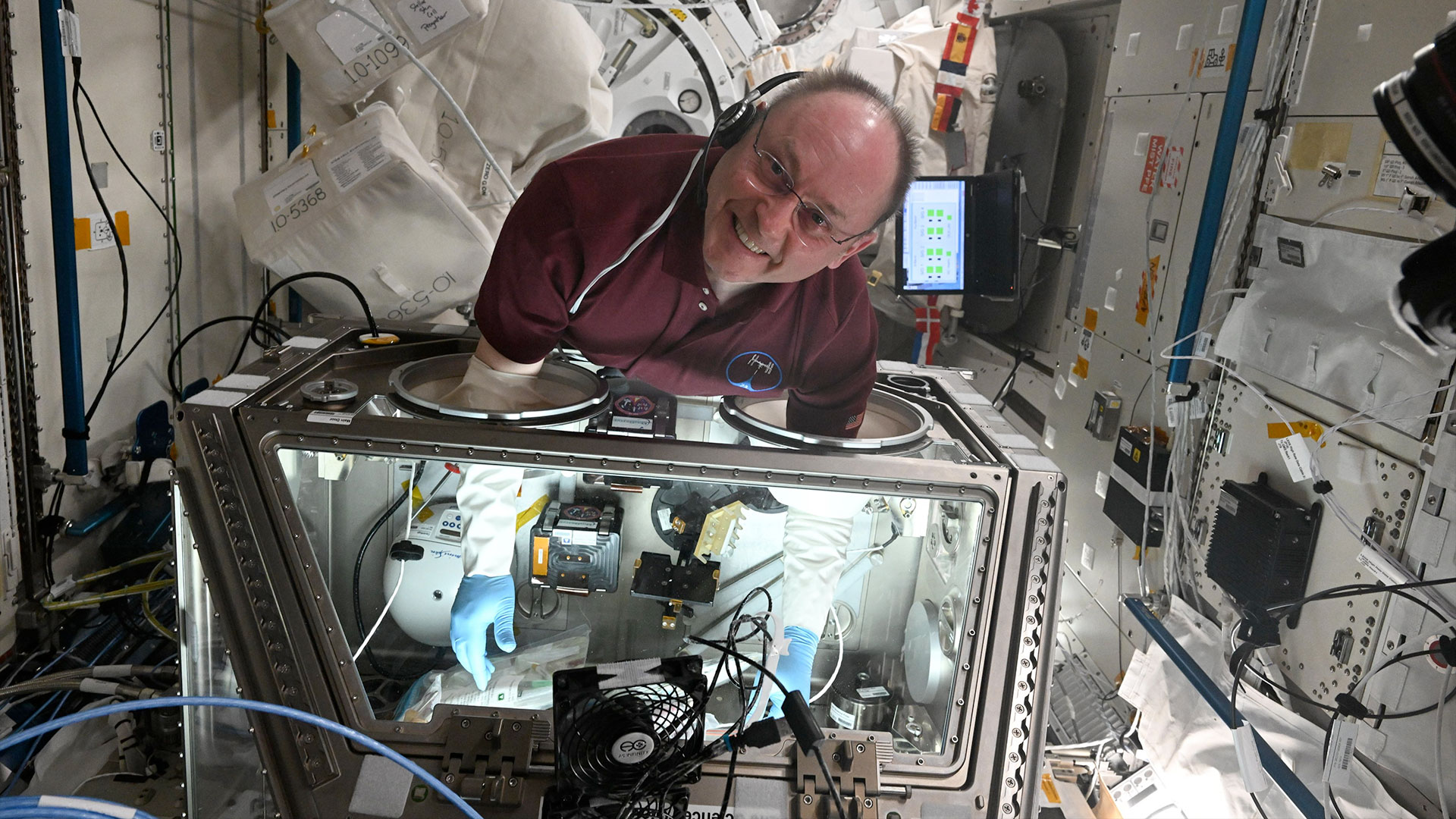
“Gloves on, science flowing. Starting a new campaign for Stellar Stem Cells-2 inside the Microgravity Science Glovebox — where tiny cells teach us big things,” wrote NASA astronaut Mike Fincke, an Expedition 73 flight engineer, in a Nov. 19, 2025 social media post from the ISS.
The Stellar Stem Cells Mission-2 study explores how microgravity affects stem cells becoming cardiac and brain cells. Growing such cells on Earth is not as efficient on the ground, but doing so in space helps scientists learn more about how to produce them for regenerative medicine both on Earth and for future spaceflights.
By the numbers
As of Friday (Nov. 21), there are 7 people aboard the International Space Station: Expedition 73 commander Sergey Ryzhikov and flight engineer Oleg Platonov of the Russian space agency Roscosmos; NASA astronauts Zena Cardman,Mike Fincke and Jonny Kim of NASA and JAXA (the Japan Aerospace Exploration Agency) astronaut Kimiya Yui, all flight engineers.
There are two docked crew spacecraft: SpaceX‘s Dragon “Endeavour” attached to the space-facing port of the Harmony module and Roscosmos’ Soyuz MS-27 attached to the Earth-facing port of the Prichal node.
There are three docked cargo spacecraft: Roscosmos’ Progress MS-31 (92P) docked to the space-facing port of the Poisk module, Progress MS-32 (93P) attached to the aft port of the Zvezda service module, and Japan’s HTV-X1 attached to the Earth-facing common berthing mechanism on the Harmony node.
As of Friday, the space station has been continuously crewed for 25 years and 19 days.
Stay Informed With the Latest & Most Important News
Previous Post
Next Post
-
 012024 in Review: Highlights from NASA in Silicon Valley
012024 in Review: Highlights from NASA in Silicon Valley -
 02Panasonic Leica Summilux DG 15mm f/1.7 ASPH review
02Panasonic Leica Summilux DG 15mm f/1.7 ASPH review -
 03From Polymerization-Enabled Folding and Assembly to Chemical Evolution: Key Processes for Emergence of Functional Polymers in the Origin of Life
03From Polymerization-Enabled Folding and Assembly to Chemical Evolution: Key Processes for Emergence of Functional Polymers in the Origin of Life -
 04How New NASA, India Earth Satellite NISAR Will See Earth
04How New NASA, India Earth Satellite NISAR Will See Earth -
 05And Thus Begins A New Year For Life On Earth
05And Thus Begins A New Year For Life On Earth -
 06Astronomy Activation Ambassadors: A New Era
06Astronomy Activation Ambassadors: A New Era -
07SpaceX launch surge helps set new global launch record in 2024













